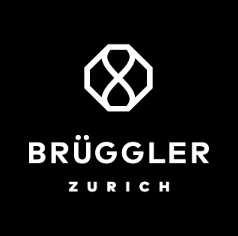More and more affluent investors are rethinking their relationships with traditional private banks. Due to high fees, limited product choices, or a sense that their interests aren’t fully prioritised, high-net-worth individuals (HNWIs) across Europe, the UK, and beyond seek alternatives. One increasingly popular option? Independent wealth managers who offer open architecture, transparent pricing, and client-first advice.
In this guide, we’ll explain the practical and strategic steps to transition from a private bank to an independent adviser smoothly.
Why Investors Switch
- Hidden Fees: All-in-one pricing often masks product commissions and retrocessions.
- Product Bias: Bank advisers are often incentivised to recommend proprietary products.
- Rigid Structures: Standardised models leave little room for personalised portfolio strategy.
- Lack of Transparency: Clients struggle to understand the total cost and real performance.
An independent wealth manager addresses these issues by putting the client—not the institution—at the centre.
Step-by-Step: How to Make the Switch
1. Review Your Current Setup
Start by assessing your portfolio structure, custody arrangements, performance history, and fee transparency. This will help you benchmark what is working and what isn’t.
2. Identify a Regulated Independent Adviser
Look for an adviser licensed by a reputable authority (FINMA in Switzerland, FCA in the UK, or MiFID II-regulated in the EU). Focus on those offering open architecture and retrocession-free pricing.
3. Perform a Fit and Competence Assessment
Interview at least two to three advisers. Ask about their investment process, how they select products, and what custodian relationships they offer.
4. Transfer Assets Seamlessly
The new adviser will coordinate with your current bank to transfer portfolios without unnecessarily liquidating. Legal documentation, tax reporting, and account setup can often be handled in under 30 days.
What to Expect from an Independent Wealth Manager
- Bespoke Portfolio Design: Built around your goals, tax residency, and legacy planning
- Open Architecture Access: Independent selection of best-in-class funds and managers
- Transparent Fees: Fixed fee or tiered AUM pricing with no product kickbacks
- Dedicated Relationship: Direct access to the portfolio manager, not a rotating banker
Jurisdiction Matters: Regulation as a Safety Net
Reputable independent wealth managers are regulated. In Switzerland, for example, FINMA oversight ensures client asset protection, disclosure of retrocessions, and fiduciary accountability. Similar frameworks apply in the UK and EU under FCA and MiFID II.
This legal infrastructure provides clients with recourse, transparency, and peace of mind.
Pre-Private Bank Switch Checklist
- Do I understand the total cost of my current wealth management?
- Have I benchmarked my portfolio against market standards?
- Is my adviser independent of product providers?
- Did my adviser withhold information about retrocessions?
- Have I seen sample reports or real case studies?
Conclusion
Switching from a private bank to an independent wealth manager can feel daunting, but it doesn’t have to be. The transition is efficient, strategic, and rewarding with the right partner. You gain clarity, control, and alignment with your financial objectives.




